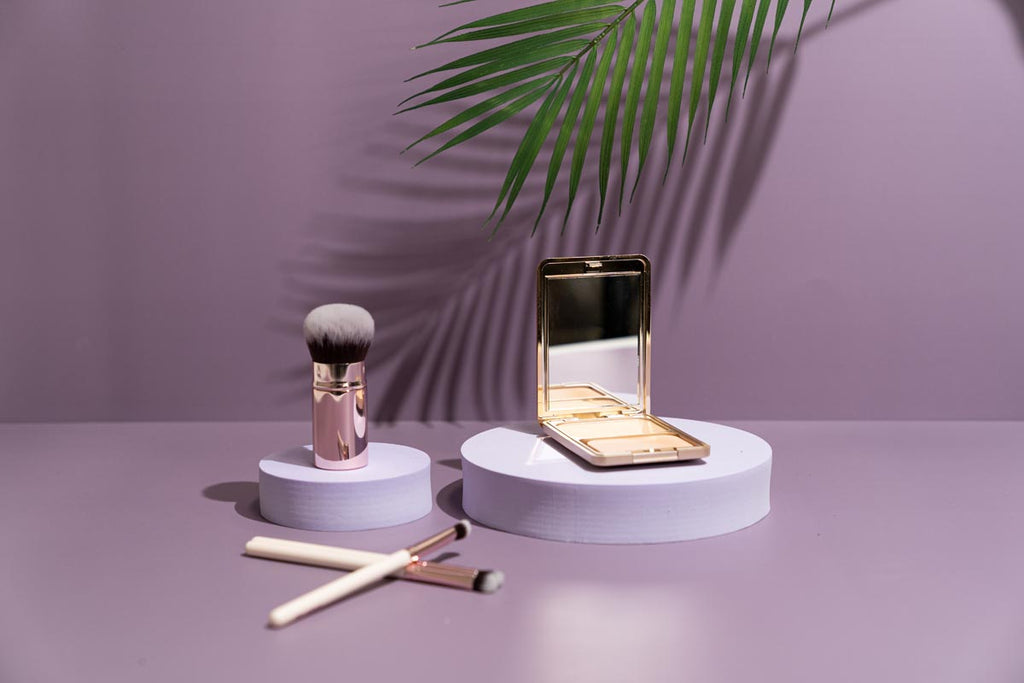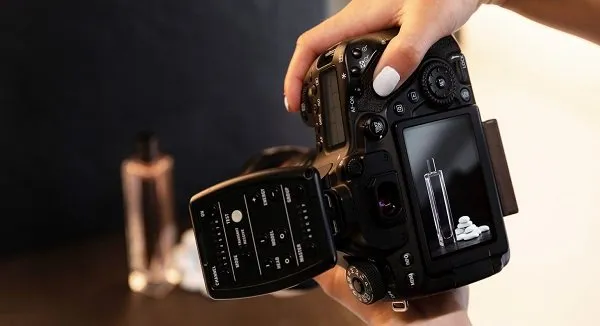In the visually-focused realm of social media and e-commerce, product photography has become an important component of how companies showcase their products. It takes more than just a fast picture to convey a message and capture the spirit of your projects. Knowing the ins and outs of product photography may help you effectively engage your audience and improve your business, regardless of your level of experience. Let’s examine the essential elements of using gorgeous photographs to highlight your items.
Why Product Photography Matters
In a marketplace flooded with options, the first impression often comes from a product photo. High-quality images can:
- Boost Sales: Studies reveal that items with high-quality imagery can result in increased conversion rates. When consumers see a clear and appealing picture of what they’re getting, they are more inclined to make a purchase.
Create Brand Trust: Credible visuals communicate professionalism. Customers are more inclined to trust firms that invest in exceptional photography, since it implies attention to detail and professionalism.
3. Improve Social Media Involvement: Product photographs that grab the eye are crucial for social media marketing in the age of Instagram and Pinterest. Outstanding images have the potential to increase shares, likes, and eventually followers.
4. Differentiate Your Brand: You may differentiate your brand from rivals by using imaginative and distinctive product photography to highlight the distinctive qualities and personalities of your items.
Key Elements of Great Product Photography
- Lighting
One of the most important elements of product photography is lighting. Although it might be unexpected, natural light can yield stunning effects. Here are some pointers:
Use Soft Light: Diffuse, soft light reduces sharp highlights and shadows. This may be accomplished by employing light diffusers or taking pictures on cloudy days.
Try Different Angles: You may have a big visual impact on your goods by experimenting with different angles. To get the most flattering picture, try taking your photo from above, at eye level, or at a little angle.
Control Your atmosphere: To establish a regulated lighting atmosphere when filming inside, think about purchasing ring lights or soft box lights.
- Background
A product photo’s background may make or ruin it. A basic, uncluttered background might draw attention away from your goods, but a busy one can make it stand out.
Use Neutral Colors: To make your product stand out, backdrops that are white, gray, or beige usually work best.
Create Context: When taking lifestyle photos, think about utilizing backgrounds that both accentuate and highlight your goods. In a contemporary kitchen, for example, a kitchen appliance may look fantastic.
- Styling and Props
Your images may gain depth and appeal by carefully crafting a product style. Don’t overdo the props; instead, choose some that are relevant to your product.
Keep It Relevant: Select props that will add to the narrative you wish to convey about your merchandise. When taking pictures of skincare products, think about using organic components like stones or plants.
Remain Coherent: Make sure the style and meaning of your props align with your brand. Developing a distinctive brand identity is facilitated by consistency.
- Focus on Details
Close-up photos can draw attention to the fine details and excellence of your offering. Take no fear and approach closely!
Macro Photography: Make use of macro lenses to photograph fine details, finishes, and textures that highlight the caliber of your goods.
Emphasize qualities: Don’t forget to take pictures of your product’s distinctive qualities. This may be particularly significant for handcrafted goods, jewelry, and clothing.
- Post-Processing and Editing
A crucial step in the process of product photography is editing. It improves your photos, fixes color issues, and makes sure everything in your portfolio is consistent.
-Use editing software: You may modify colors, brightness, and contrast with the aid of apps like Adobe Lightroom or Photoshop.
Keep It Natural: When editing, make an effort to preserve a natural appearance that faithfully depicts your product. Excessive editing might disappoint clients by misleading them.
How to Take Outstanding Product Photographs
Invest in Good Equipment: Although a high-end camera is not necessary to capture quality product shots, a good camera and lens may help a lot.
Use a Tripod: A tripod helps to level out your shots, which is especially useful in dim lighting.
Have Patience: Excellent photography necessitates experimentation and patience. Try a variety of settings, perspectives, and lighting situations without fear until you get the desired outcome.
Seek Inspiration: Look through social media sites like Instagram or Pinterest to get creative inspiration. Examine successful brand strategies and modify them to fit your own aesthetic.
Conclusion
Product photography is an art form that can dramatically impact your brand’s success. By investing time and effort into creating visually appealing images, you can effectively showcase your creations, attract potential customers, and build a strong online presence. Remember, every image is an opportunity to tell your brand’s story—make it count! Whether you choose to hire a professional photographer or embark on this journey yourself, the key is to focus on quality, creativity, and authenticity. Happy shooting!





